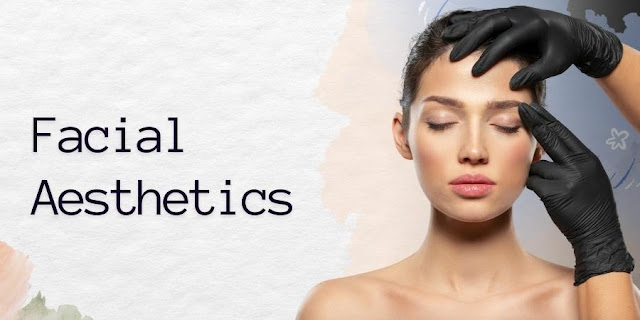The Art of Enhancing Beauty
Facial aesthetics is a multifaceted field that encompasses the study and enhancement of facial features to achieve an aesthetically pleasing and harmonious appearance. The face is a central aspect of an individual's identity and self-esteem, making facial aesthetics a subject of great interest and importance. This article delves into the world of facial aesthetics, discussing its components, evolving standards, and the various techniques and considerations involved.
Facial Aesthetics
Components of Facial Aesthetics
Facial aesthetics involve the assessment and enhancement of several key components:
Skin Health: Healthy and radiant skin forms the canvas for facial aesthetics. Proper skincare, hydration, and protection from the sun are essential for maintaining skin quality.
Facial Proportions: Facial proportions play a crucial role in determining attractiveness. Symmetry, balance, and harmony between facial features are important factors.
Facial Features: The size and shape of facial features such as the eyes, nose, lips, and jawline are central to facial aesthetics. Procedures like rhinoplasty (nose job), eyelid surgery, and lip augmentation can modify these features.
Aging: The effects of aging, including wrinkles, sagging skin, and loss of facial volume, can be addressed through various treatments, such as facelifts, Botox, and dermal fillers.
Evolving Beauty Standards
Beauty ideals are subject to change over time and can vary across cultures. What is considered beautiful in one era or region may differ from another. However, contemporary facial aesthetics often prioritize features like clear skin, symmetrical facial proportions, well-defined cheekbones, and full lips. These ideals are heavily influenced by media, fashion, and celebrity culture.
Non-Surgical Procedures: These include Botox injections to relax facial muscles and reduce wrinkles, dermal fillers to add volume, chemical peels to improve skin texture, and laser treatments to address various skin concerns.
Surgical Procedures: Surgical options encompass facelifts to tighten and lift sagging skin, rhinoplasty to reshape the nose, eyelid surgery to rejuvenate the eyes, and liposuction to contour the face.
Minimally Invasive Treatments: Minimally invasive procedures, such as thread lifts and micro-needling, offer less downtime compared to traditional surgeries.
Considerations and Ethical Concerns
When considering facial aesthetics, it is crucial to evaluate the following:
Realistic Expectations: It's essential to have realistic expectations about what can be achieved through facial aesthetics. These procedures can enhance one's appearance but cannot entirely change one's identity.
Professional Consultation: Consultation with a qualified and experienced facial aesthetics specialist is vital. Professionals can assess the individual's unique features and goals and recommend suitable treatments.
Ethical Considerations: Ethical concerns related to body image, self-esteem, and societal pressure are essential to address. Promoting self-acceptance and emphasizing that beauty comes in various forms is crucial.
Facial aesthetics is a field that offers individuals the opportunity to enhance their natural beauty and boost self-confidence. It is an evolving area, influenced by changing beauty ideals and advances in medical and cosmetic techniques. Whether through non-surgical treatments, minimally invasive procedures, or traditional surgeries, individuals can work with skilled professionals to achieve their desired facial aesthetic enhancements. It's crucial to approach facial aesthetics with a balanced perspective, focusing on self-improvement rather than self-transformation and embracing diverse standards of beauty.

The effects of aging, including wrinkles, sagging skin, and loss of facial volume, can be addressed through various treatments, such as facelifts, Botox, and dermal fillers.
ReplyDelete